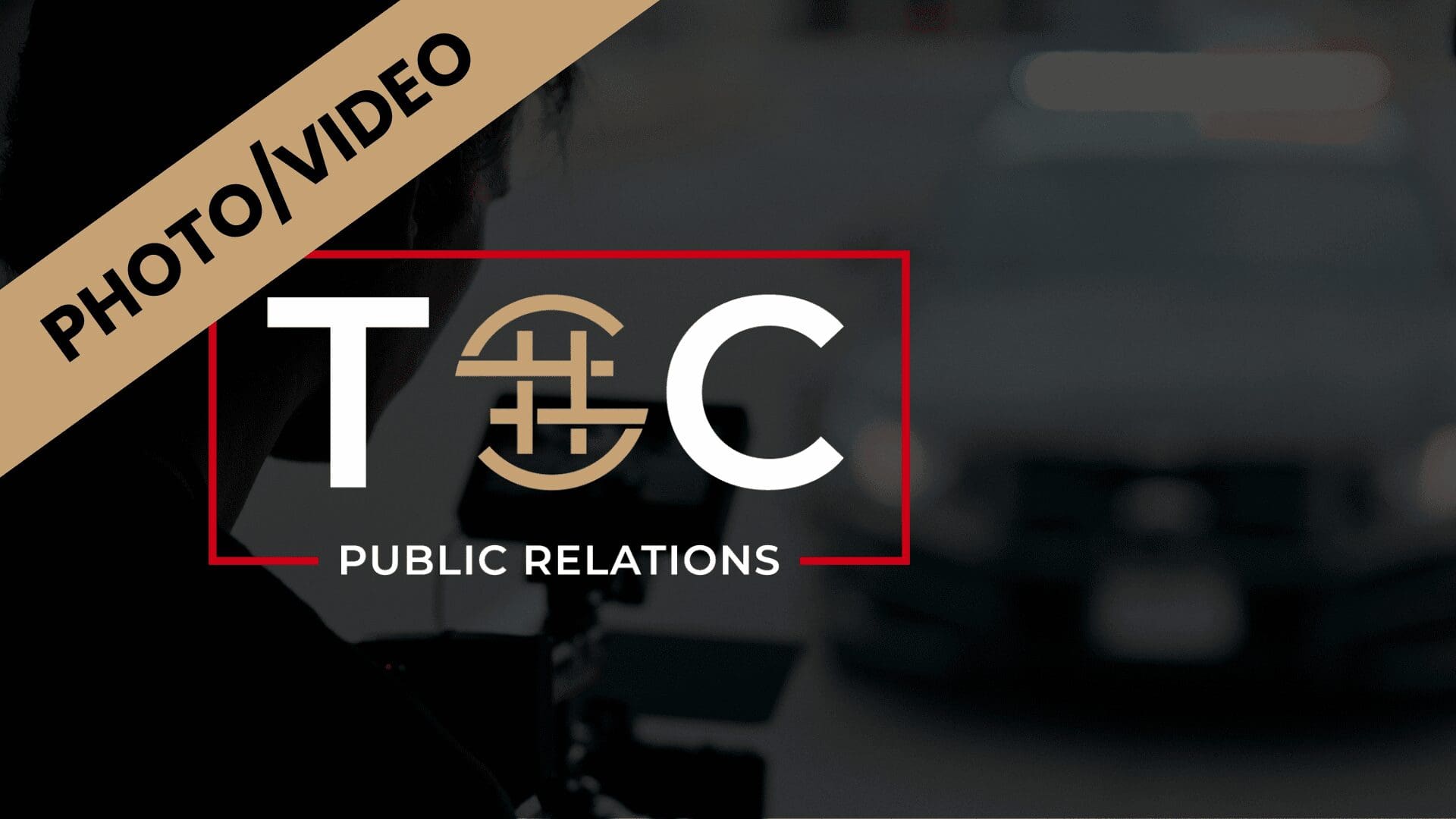As social sites like Instagram continue to develop their in-app video editing and effects capabilities, it seems like the available options for creating engaging videos just get more complicated. And what’s going to be most effective? 7-second videos using trending audio, or 60-90-second videos that are packed full of value? How “professional” should the video be? Really nicely shot, or should it look like proper production was just an afterthought?
Opinions on all that may vary, but the thing you can never go wrong with is following the “basics” in capturing usable video in the first place. Whether or not you layer it up with lots of special effects, filters, and on-screen text during the editing process, knowing how to shoot great shots means you will always have usable content.
But the big game-changer in 2023 is all the assistance a growing list of Artificial Intelligence (A.I.) features of video production tools offer to help you create content faster and better. Here are some thoughts for you that will hopefully give you even better results on your next video.
Shoot to Thrill
It’s a fact that attention spans are short. Successful videos on social media most often have opening shots that “stop the scroll”, and lots of quick cuts (b-roll) that “grab” the viewer’s attention. When shooting B-roll at, say, a community event, my rule of thumb is to shoot 30-40 short, 5-10-second shots of whatever the action is, or whatever the Subject Matter Expert talked about during the interview. Shoot a variety of wide, medium and tight shots, and use different angles (eye-level, overhead, and low). Angle the camera a bit in some of the closer shots. That should give you plenty of cutaway shots to choose from during a video of up to 90 seconds.
Steady As She Goes
Shaky video is just plain annoying to watch. It’s essential to have a steady shot, especially for interviews. A portable fluid-head travel tripod (with an add-on smartphone mount if you’re shooting with your phone) will give you a nice, stable shot for interviews that can be the “base layer” of your video.
Another indispensable tool for smartphone shooting is a 3-axis gimbal. With the smartphone properly mounted, the 3 motors on the gimbal keep the camera level and act as a “Steadycam” to give you incredibly smooth shots while walking or even running. Most gimbals have a switch that quickly rotates the smartphone from horizontal to vertical, depending on what platform you’re shooting for.
Can You Hear Me Now?
Audio is one of the most important things to pay attention to when shooting. If you’re just shooting b-roll where audio really doesn’t matter, no problem. The phone or camera’s built-in microphone will be fine. But if you’re doing an interview, it is essential to have either a plug-in mic or a wireless mic clipped onto your interviewee, or a shotgun mic with a proper wind noise cover pointed at them. I always carry a plug-in lavalier smartphone mic with me, so I’m always ready to record an unexpected interview. But I also keep a dual-wireless mic kit at the ready. Besides being able to connect the receiver to your smartphone, your video camera, or a DSLR camera, the individual microphones also have a built-in recorder that records all the audio so you have backup in case anything goes wrong with the wireless transmission.
Light Me Up!
The third major area to keep in mind is lighting for indoor shoots, and there are many options. A ring light is a popular choice in situations where the smartphone or camera will be stationary. One thing to keep in mind is that ring lights generally don’t work in instances where the interviewee must wear glasses because it casts a noticeable reflection on the lenses. In that case, raise the light up on the light stand to use it more like an area light so it no longer reflects on the interviewee’s glasses, and mount the camera on a second tripod. Apart from ring lights, there are numerous choices of dimmable, color-temperature-changeable LED lights. One light is good; two lights are better, and three are outstanding. That third light serves as a “backlight” on the interviewee, which helps visually separate them from the background by lighting their hair and shoulders from behind.
Here’s Where A.I. Comes In
Today’s A.I. tools can do incredible things to help you with video production. I’m going to briefly cover some of them here, but I’ll be going into depth at the TOC Conference (I hope you’ll be there!).
Rescuing Your Audio – Let’s say you recorded outdoors, and you were using a lavaliere mic, but it still picked up a lot of traffic noise and even some wind noise. If you have access to Adobe Creative Suite through an agency or personal Creative Cloud account, try Adobe Podcast Beta. When you upload your audio track to Adobe Podcast, the “Enhance” feature will automatically remove the unwanted noise and make it sound like the person was talking into a broadcast studio microphone! The transformation is stunning. I have used Adobe Podcast to rescue or just improve many audio clips from video shot in the field.
Background Removal – While shooting on a greenscreen is optimal when you want to replace the background behind your on-camera presenter, it’s not always practical or possible. Several apps make is easy to remove the background on an existing video. One of them is Canva. Just create or upload your video clip, choose the “Background Remover” tool, substitute a new background, then download the new version of the video. A smartphone editing app with this feature is InShot. You import your clip, then apply the “Cutout” option. It will automatically separate your subject from the background, allowing you to swap in a new video clip or still image behind them.
Transcribing Your Video – I used to pay to send my videos to an outside service for transcription. No more. Adobe Premiere Pro has a built-in transcription feature that transcribes the video as soon as you load the clips into the timeline! This makes it so much easier to simply scan the text to locate the pithy sound bites you want to use from an interview. And when it comes to on-screen captioning, the Captions app gives you a variety of standout options for your completed video. (Instagram is adding more captioning features to its in-app video production as well).
There are many other audio and video AI apps that can really speed up the editing process. I’m going to be discussing them and showing demos during my session at the upcoming TOC Conference in November. I can’t wait to see you there!


